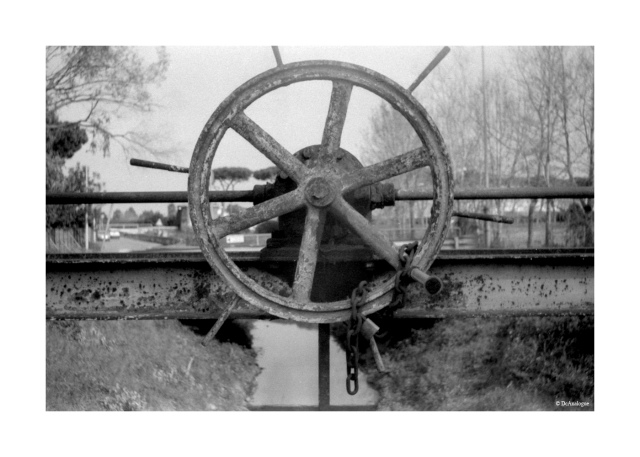
This time I deal with one of the most popular cameras in the world: the Lomo Smena. In the specific case (just to complicate a little the affair) the SL version, adopting a sort of variation of more known “Rapid” loading system, introduced by Agfa in 1964. Born as an antagonist of the Kodak 126 system, it was adopted by some brands, but didn’t have long nor too fortunate life. I have to say about, that in my childhood I used repeatedly Kodak Instamatic cameras, either in 126 or 110 and perhaps one Agfa 110 … but I’ve never seen a Rapid or SL model.
The system had the purpose to make easier loading 35mm film in the camera. In fact it is simple, even if limited to 12 frames, at least in the cartridges sold on the market at the time, the number of possible shots per roll. I have no idea whether this was convenient at the time, but it could also have some positive practical implication: it was faster to finish the film and as a result, to have the film developed and printed photos.
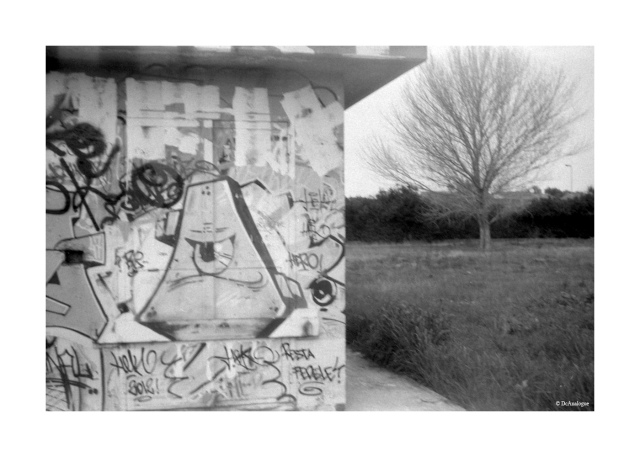
How many 36 exposure rolls remained indefinitely, waiting to be terminated? Many have even been forgotten in cameras, later sold or otherwise, passed from generation to generation. It isn’t so rare indeed, to find such cases buying old cameras in flea markets around the world.
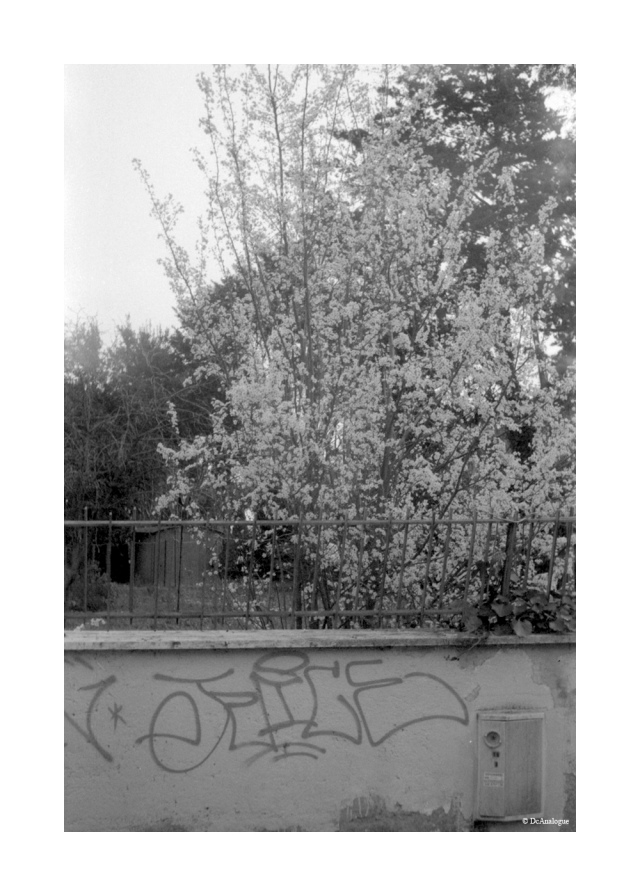
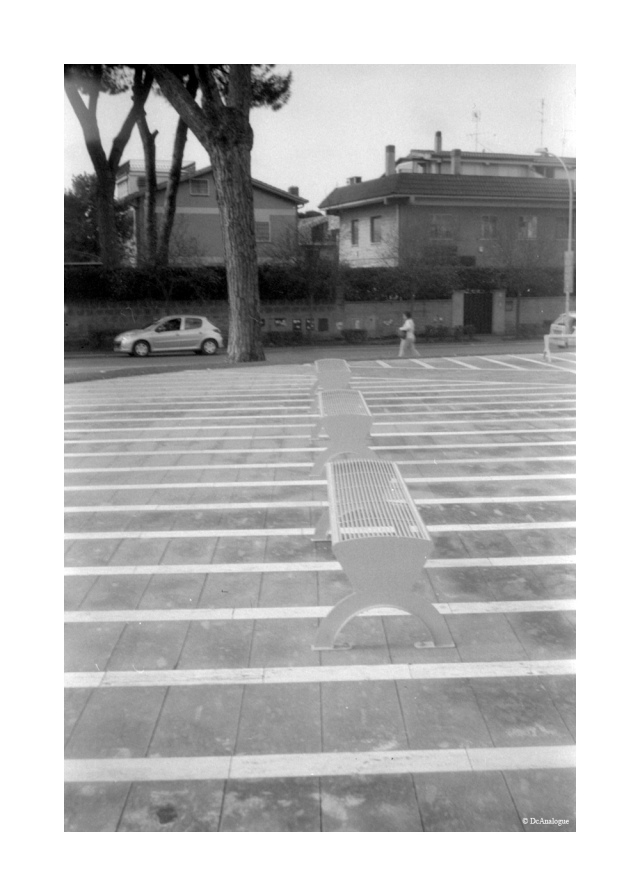
The Smena (the best known version is the 8M) marked the photographic spread of mass photography at each level in the former Soviet Union with millions of copies made. Simple, robust, cheap and with a beautiful aesthetic, had a good lens: the Lomo Triplet T43, 40mm f/4 accompanied by some ingenious system suited to make life easier for aspiring photographers. In the case of SL for example, a strip placed on the upper cap clearly exemplifies the famous Sixteen Rule, becoming in practice a kind of … Weather-Meter. The focus too is aided by a series of symbols printed on the focus ring. The viewfinder is good and equipped with a bright frame and marks for parallax correction. To use the SL system (no longer in production since mid ’90s) we need two special cartridges. Typically in cameras sold around, we find only one and so, I had to search for some old cartridge on Ebay. I found a seller who still had rolls of ORWO (made in GDR) NP20 b/w film, expired “only” in 1992.
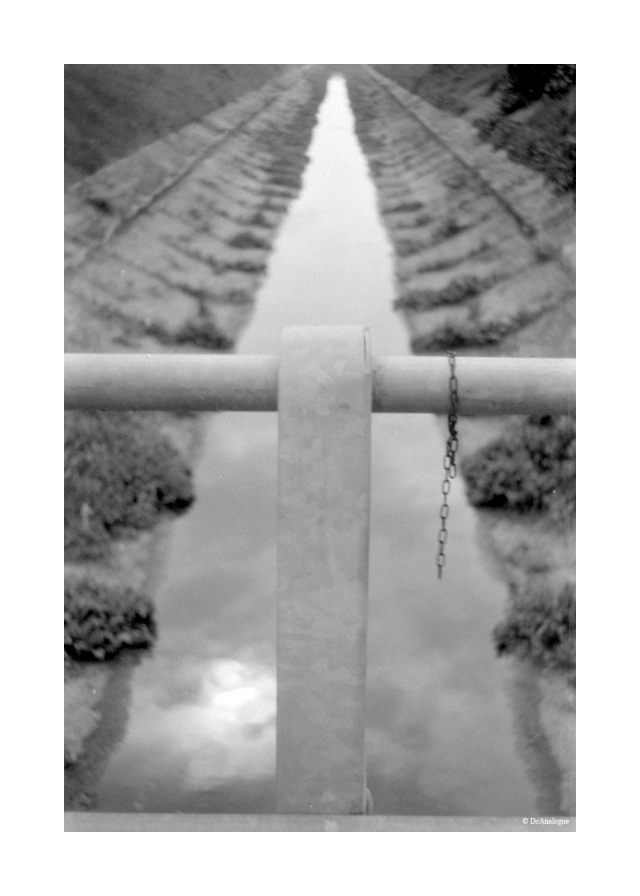
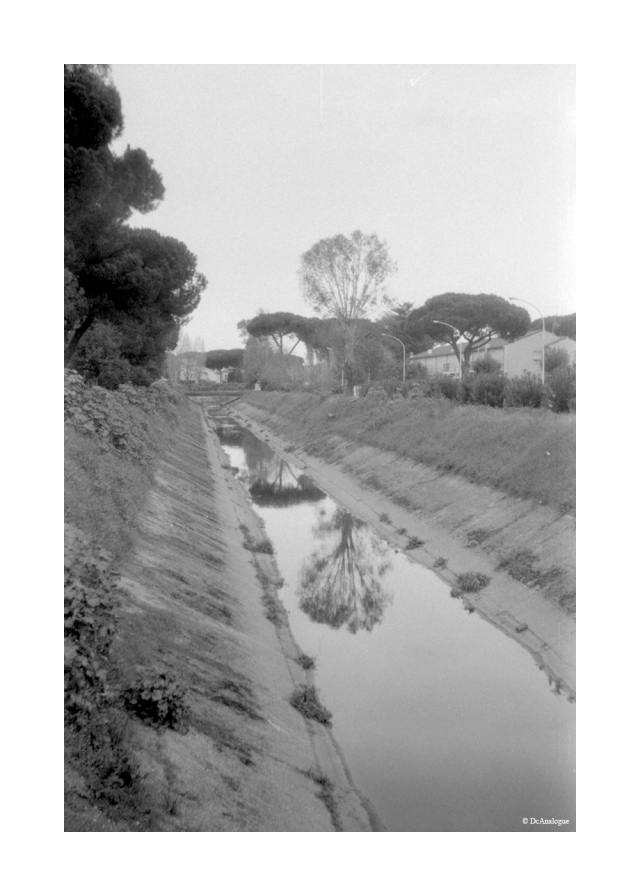
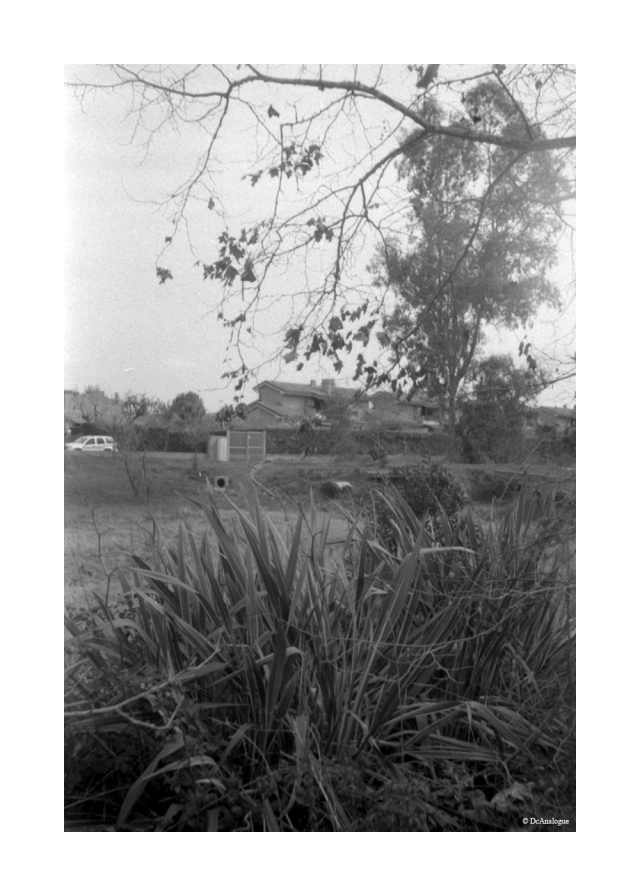
To stay true to the philosophical reasons that gave birth to this camera, I tested it without an external light meter, an accessory rangefinder or even with a lens hood or a b/w filter. Nothing: just rough and naked. The only care was to set the sensitivity to (about) ISO 40 instead of box speed 80, given the venerable age of the film used. Unfortunately, the day was not very favorable, but … don’t we photograph just with full sun, isn’t it? So I took my shots helped only by the onboard “Weather-Meter” and guessing the focus, with not so bad results, given that some shots had the subject at about 1/1,5 mt. far and using large apertures values.
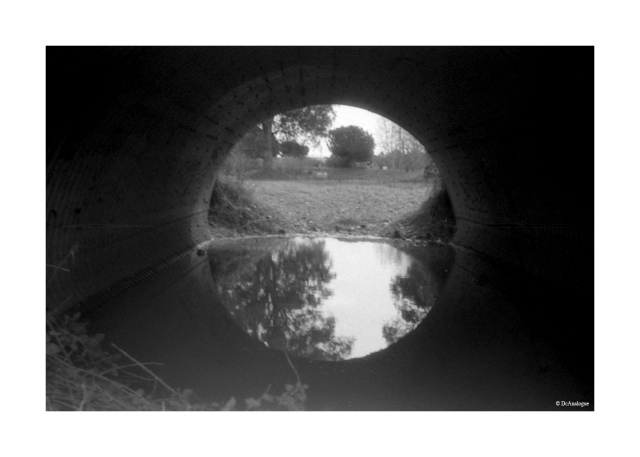
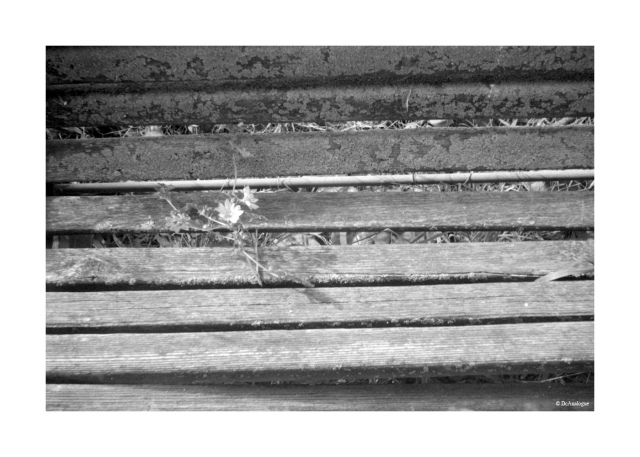
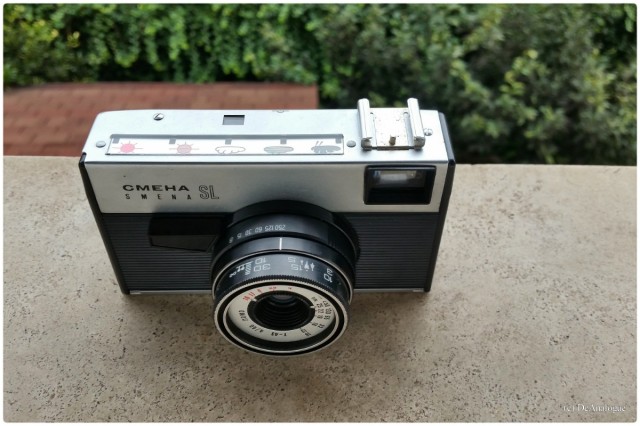
I developed the film with the Ars Imago-Fd, “assuming” a 6′ time @ 20C in Rondinax …. and I was right. The film came out well developed, not contrasty and easy to work when scanning (apart the fact that more than “curling” I would definitely call this film… “swirling”). The base fog, which is always expected when film is so old, seems very little if not totally absent. Of course, using almost only aperture between f/5.6 and f/8 and in bad weather, the visual impact isn’t stunning, but as soon as some ray of light came out from clouds, we can already see some improvement. It would need at least another test in the best conditions and with a more … fresh film, to test thoroughly the characteristics of this Smena. Now that I have 2 cartridges, I can spool a bit of films of my choice in one of them (I’ve read that it’s possible to bring up to 24 frames) … and preserve the precious remaining Orwo rolls in the fridge for posterity.
Note: the roll with the film goes on the right side of camera, while the taking up one goes on the left.
(Versione Italiana)
Questa volta mi occupo di una delle fotocamere più diffuse al mondo: la Lomo Smena. Nel caso specifico (tanto per complicare un po’ le cose), nella versione SL, che adotta un sistema di caricamento pellicola derivato dal “Rapid”, introdotto dall’Agfa nel 1964. Nato come antagonista del sistema 126 Kodak, fu adottato da alcune case produttrici, ma non ha avuto vita lunga ne troppo fortunata. Devo dire in proposito che durante la mia infanzia ho usato più volte fotocamere Kodak Instamatic, sia 126 che 110 e forse, un’Agfa 110… ma non ho mai visto un modello SL o Rapid.
Il sistema ha lo scopo di rendere più semplice il caricamento della pellicola 35mm nella fotocamera. In effetti semplice lo è, anche se limita a 12, almeno nei rullini in commercio all’epoca, il numero degli scatti possibili per caricatore. Non ho idea se la cosa fosse all’epoca conveniente, ma poteva anche avere qualche positivo risvolto pratico: si faceva prima a finire il rullino e di conseguenza, ad avere la pellicola sviluppata e le foto stampate. Quanti rulli da 36 pose rimanevano infatti per un tempo indefinito, in attesa di essere terminati? Molti sono stati persino dimenticati all’interno di fotocamere poi vendute o comunque, passate di generazione in generazione. Non è rarissimo infatti, imbattersi in casi simili acquistando vecchie fotocamere nei mercatini in giro per il mondo.
La Smena (la versione più conosciuta è la 8M) ha segnato la diffusione fotografica di massa ad ogni livello nell’ex Unione Sovietica con milioni di copie realizzate. Semplice, robusta, con una bella estetica ed economica, ma dotata di una discreta ottica: Lomo Triplet T43, 40mm f/4 e corredata da qualche ingegnoso sistema adatto a rendere la vita più facile agli aspiranti fotografi. Nel caso della Sl ad esempio, una striscia posta sulla calotta superiore esemplifica chiaramente la famosa Regola del 16, divenendo in pratica, una specie di… Meteo-Esposimetro. Anche la messa a fuoco è aiutata da una serie di simboli impressi sull’apposita ghiera. Il mirino è buono e dotato di cornice con con segni per la correzione della parallasse. Per utilizzare il sistema SL (ormai non più in produzione) occorrono due apposite cartucce. In genere nelle fotocamere se ne trova soltanto una e così, ho dovuto cercare qualche vecchio caricatore su Ebay. Ho trovato un venditore che aveva ancora dei rulli di pellicola b/n ORWO (made in DDR) NP20 scaduta “solamente” nel 1992.
per rimanere fedele alle motivazioni filosofiche che diedero origine a questa fotocamera, l’ho testata senza usare un esposimetro esterno, un telemetro accessorio e neppure con un paraluce o un filtro per b/n. Niente: nuda e cruda. L’unica accortezza è stata di impostare la sensibilità sui 40 Iso circa anziché gli 80 di fabbrica, vista la reverenda età della pellicola utilizzata. Purtroppo, la giornata non era molto favorevole ma… non si fotografa mica solamente in pieno sole.Ho scattato quindi aiutato solo dal “meteo-Esposimetro” e stimando la messa a fuoco, con risultati non del tutto terribili, calcolando alcuni scatti a circa un metro e con diaframma piuttosto aperto.
Ho sviluppato la pellicola con l’Ars-Imago Fd “ipotizzando” un tempo di 6′ a 20°C nel Rondinax…. e mi è andata bene. Il film è ben sviluppato, non contrastato e facilmente lavorabile alla scansione (a parte l’effeto che più che “curling” definirei decisamente… “Swirling”). La velatura, che si rischia sempre dopo tanti anni dalla scadenza è pochissima se non del tutto assente. Certo, usando quasi solo diaframmi tra f/5,6 e f/8 e con brutto tempo, non è che che l’impatto visivo sia stupefacente, ma appena è uscito qualche raggio di luce in più, già si è notato un certo miglioramento. Ci vorrà quindi almeno un altro test in condizioni migliori e con pellicola più… fresca, per saggiare a fondo le caratteristiche di questa Smena. Ora che i caricatori, potrò bobinare un po’ di film a scelta in uno di essi (ho letto che si può riuscire a far entrare fino a 24 fotogrammi)… e conservare i preziosi Orwo rimanenti in ghiacciaia per i posteri.
Nota: Il caricatore con la pellicola va nell’alloggiamento a destra della fotocamera, mentre quello vuoto va a sinistra.
Tech Data:
Camera: Lomo Smena SL – Lens: T43, 40mm f/4 – Film: (1992) Expired Orwo NP20 – Developer: Ars-Imago in Rondinax System – Scanner: Epson V550
Very interesting post you certainly proved that it was none too shabby in producing some excellent images.
LikeLiked by 1 person